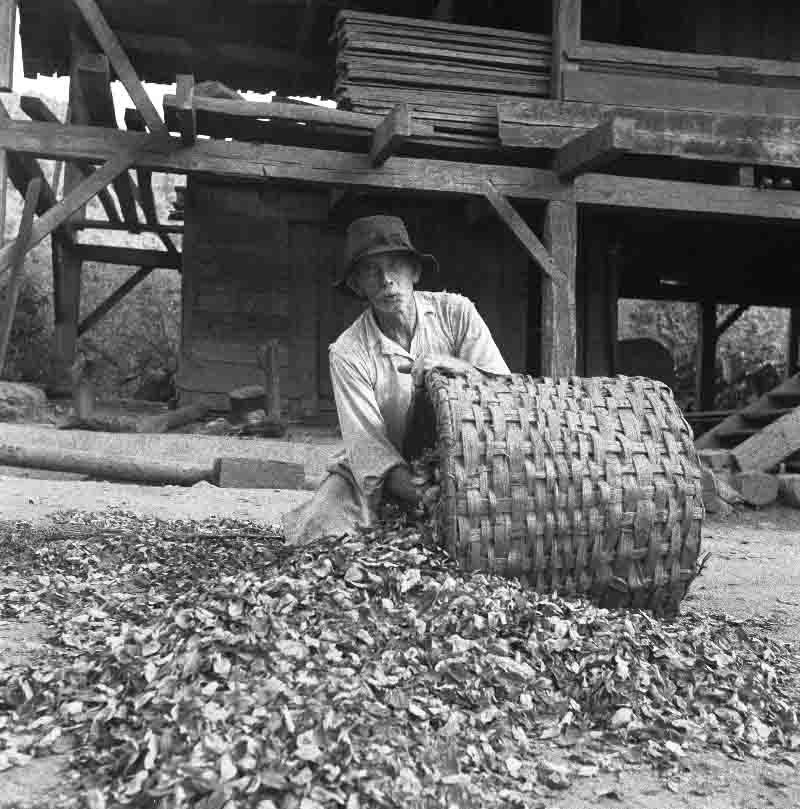When photography was invented in 1826, some considered it the future of visual representation, others a useful tool for science, and for many it was the work of the devil. Just as with Bitcoin today, opinions differed and there were more than two camps that could not have been more opposed.

Bitcoin and photography have a lot in common. Loved and hated, revered and feared. They correspond in the way they impact the world and change it.
Bitcoin and fine art photography

Bitcoin and fine art photography are a combination that is far greater than the singularity of their individual components. The charm of the classical appeal of both goes well with the progressiveness of cryptocurrency transactions, creating an ideal platform to convey these two elements in a unified way.
The Bock Schroeder Foundation is the first high-calibre photo collection to allow Bitcoin purchases.
Financing art with Bitcoin should not be confused with the booming NFT market.
Bitcoin and NFTs are admittedly taking their first steps together through a new protocol launched as Ordinals by former Bitcoin Core employee Casey Rodarmor in January 2023.
However, it remains to be seen whether the Bitcoin community will embrace this technological expansion and the risks it entails.
Bitcoin and Photography the perfect match

Bitcoin is a digital asset designed as a store of value that uses cryptography to control its creation and transactions, rather than relying on central authorities. The value of fine art photographs is based partially on the level of recognition and respectability of the photographer.
Investments in Art, and especially fine art photography, is frowned upon in the eyes of many people. These are often the same people who don't give Bitcoin a realistic prospect of existence. Yet art and crypto investments have the highest profit growth.
By presenting the value of crypto-investments with high quality art, the Bock-Schroeder Foundation's unique and strictly limited collection of photographs will play a modest role in establishing Bitcoin among sceptics, especially those with good taste.
Fine art photography for bitcoin enthusiasts

A farmer shows his harvested coca plant (Erythroxylum coca) which grows wild in the regions of Central and South America where it is widely used for healing and medicinal purposes. The plant is renowned for its potential to boost work efficiency, reducing fatigue and soothing thirst and hunger.
In money technology, Bitcoin is a masterpiece. As the perfect store of value, Bitcoin is the ideal way to invest in art. Especially when the price of the artwork is linked to the value of the cryptoasset. Among all the so-called cryptocurrencies, Bitcoin is the perfect choice for art transactions.
Bitcoin just like fine art photography is not a currency but a store of value

The history of Alaska and the neighbouring Canadian territory of Yukon is closely linked to the Klondike gold rush of the late 19th and early 20th centuries. After the discovery of gold in Yukon, thousands of miners headed north in the hope of finding gold. German born Charlie Schick was one of the successful gold prospectors.
Unlike the issuance of new banknotes by a central bank, new Bitcoin units are created through the computerized solution of cryptographic tasks, known as mining.
The images of Peter Bock-Schroeder are handmade in a limited edition from the original negative and marked, dated and signed by the son of the photographer. So-called vintage prints, which were created in the 1960s and 1970s, are particularly sought after by collectors because they are unique first prints.
Crypto and fine art photography complement each other

In order to debate mining in connection with crypto and its impact on the environment, it is necessary to first take a look at the history of traditional mining. All Western metropolises shine with wealth because they have exploited and devastated the natural resources of developing countries and their cultures. One of the largest silver mines in Bolivia, and in the world, the Cerro Rico de Potosí mine to date has yielded an estimated 60,000 tons of silver, and deposits are thought to still contain estimated reserves of 1.76 billion ounces (50,000 tons) of silver and 540 million tons of ore grading 0.17% tin.
Decentralised trade of fine art photography
The crypto market and the art market can be extremely volatile. So with both investments you have to invest and plan for the long term. The small advantage art has over bitcoin is that you can appreciate and enjoy looking at art which increases one' s quality of life.
The combination of the two investment alternatives creates considerable potential for future technical, media developments and general public recognition.
Art, photography and the world's leading decentralised, borderless currency form a perfect union. Photography paired with Bitcoin have the potential to become a world-class collectible.
Will the Bitcoin community embrace the mix of analog and digital, and will traditional art collectors embrace the crypto world? It would certainly be a gain for both sides. Because one thing is for sure, both types of investment have the most powerful and successful prospects on the horizon.
The state of Liechtenstein, home to one of the most important art collections in the world, including works of the collection Bock-Schroeder, is embracing Bitcoin.
Liechtenstein's move to allow Bitcoin payments for selected government services is evidence of a growing trend across Europe.
In the past few years, various European countries have taken steps to regulate cryptocurrencies and to establish a clear legal framework for its use.